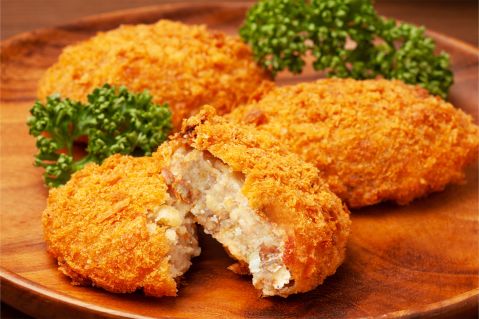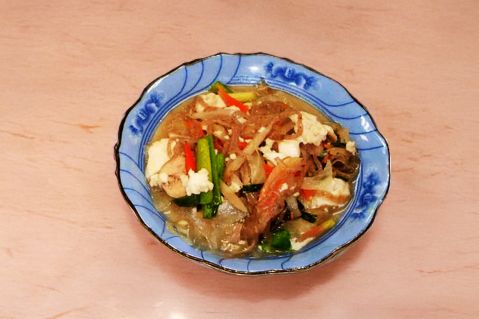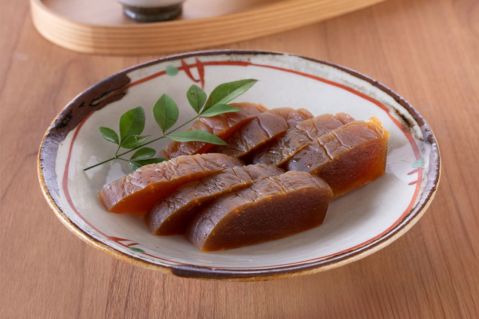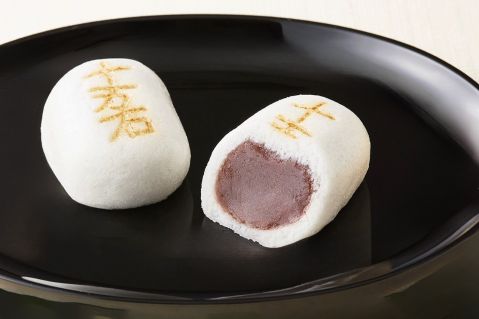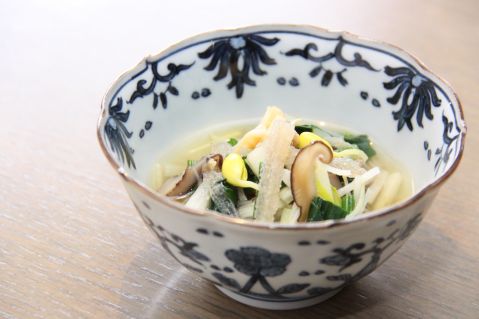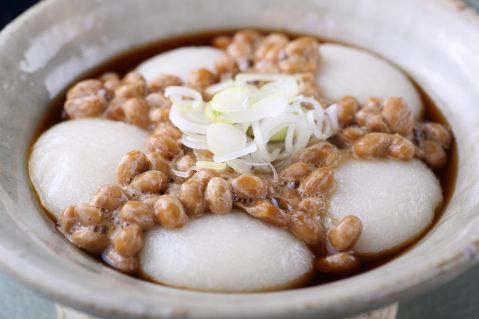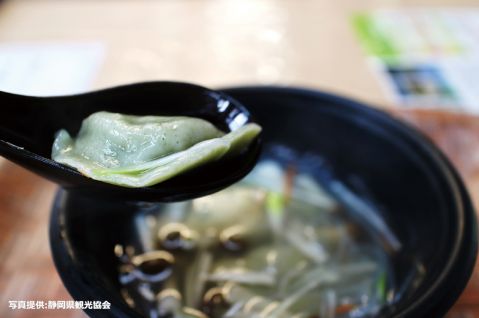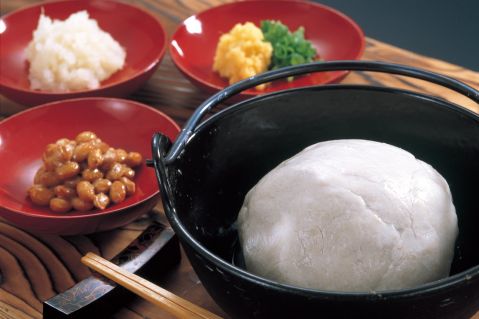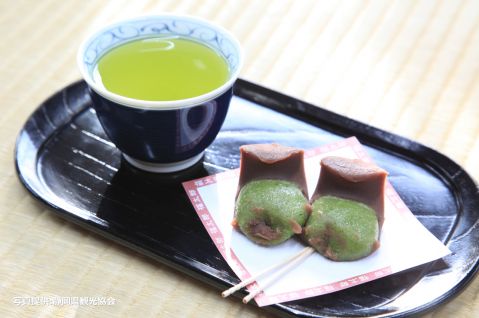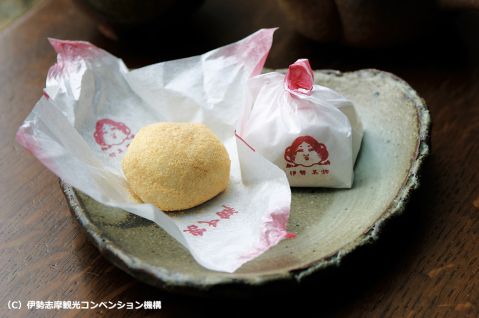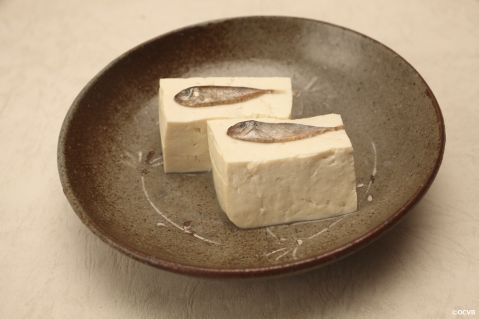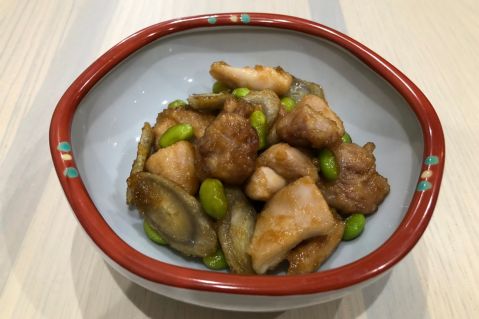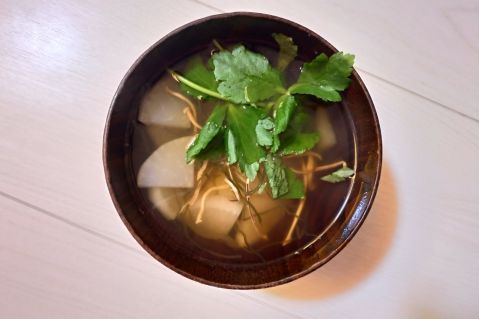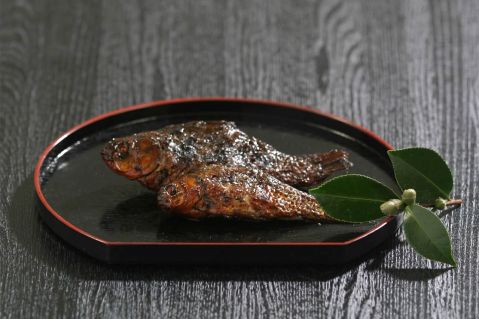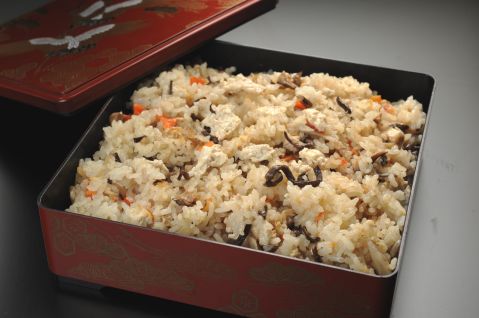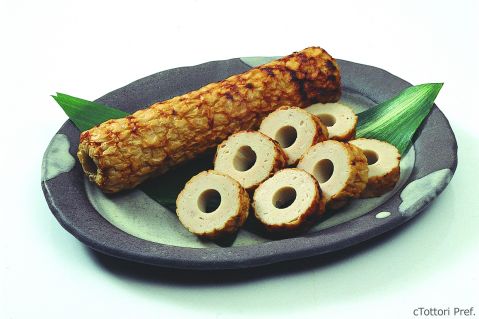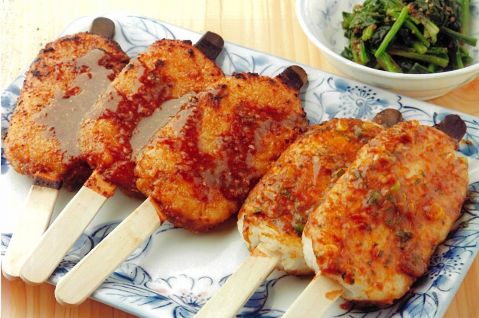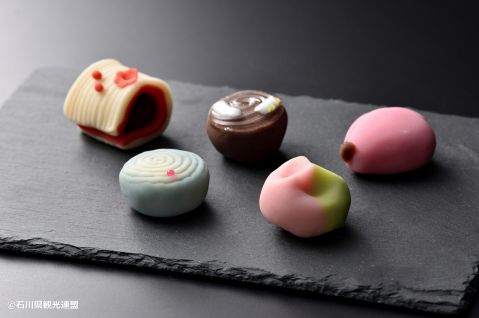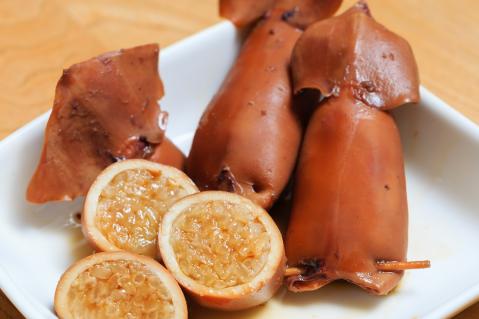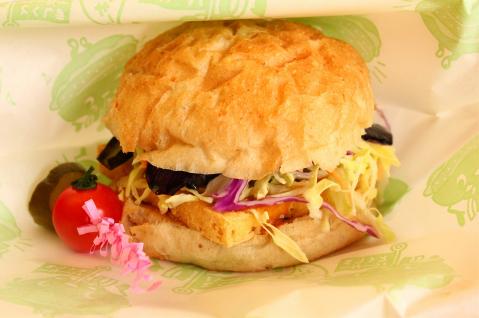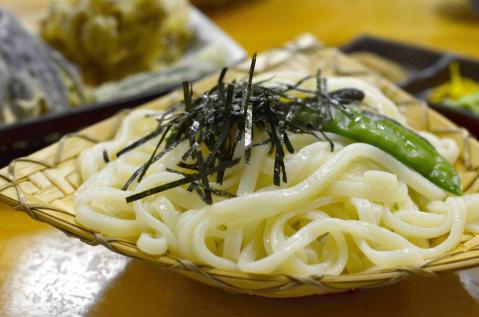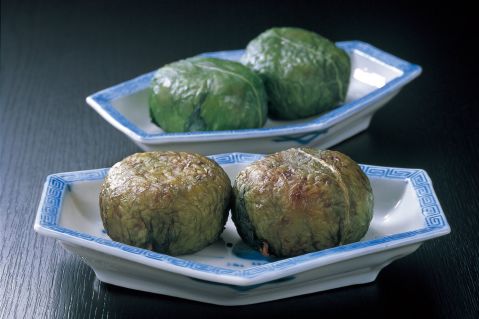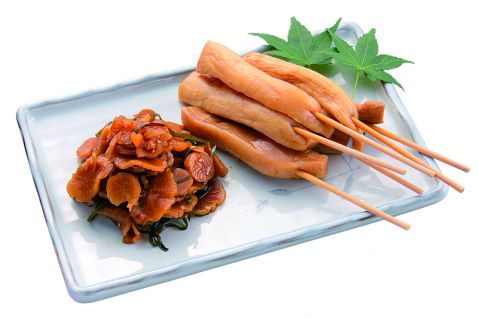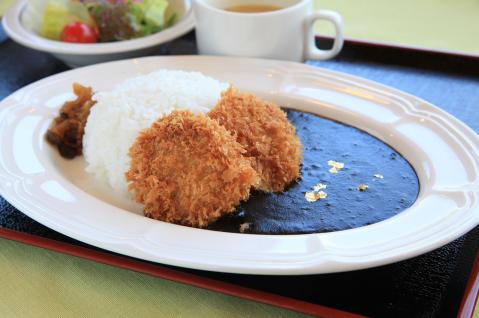Japanese Cuisine - Local cuisine
Cooking Classes in Japan
airKitchen allows travelers from all around the world to book and experience authentic cooking classes. Chose your best cooking class from 1000+ classes.
Kobe Croquette
Kobe Croquette (神戸コロッケ, Kobe Korokke) is the delicately crafted croquette that originated in Kobe City, Hyogo Prefecture. Made with premium potatoes and carefully selected...
Jumangoku Manju
Jumangoku Manju (十万石まんじゅう, Jumangoku manju) is the signature confectionery of Fukusaya, a Japanese sweets shop established in 1952 in Gyoda City, Saitama Prefecture. Its...
Natto Mochi
Natto Mochi (納豆餅, Natto mochi) is a beloved traditional dish from Yamagata Prefecture, commonly enjoyed as a winter favorite. Often prepared at home during New Year celebrati...
Susono Water Dumplings
Susono Water Dumplings (すその水ギョーザ, Susono suigyouza) are a unique local specialty from Susono City in Shizuoka Prefecture. These healthy dumplings feature a distinctive g...
Iwato Mochi
Iwato Mochi (岩戸餅, Iwato mochi) is a traditional Japanese sweet from Ise City in Mie Prefecture, created in tribute to the "Iwato Kagura," a dance performed by the goddess Ame...
Sukugarasu Tofu
Sukugarasu Tofu (スクガラス豆腐, Sukugarasu tōfu) is a beloved traditional dish from Okinawa, enjoyed in izakayas and homes alike. Despite its simplicity, it offers a deeply sat...
Chicken-Chicken Gobo
Chicken-Chicken Gobo (チキンチキンごぼう) is a beloved local dish from Yamaguchi Prefecture that originated in school lunches and has since become a popular favorite both within...
Turnip Zoni
Turnip Zoni (かぶ雑煮, Kabu Zoni) is a heartwarming traditional dish widely enjoyed in Hagi City and surrounding areas in Yamaguchi Prefecture. Especially beloved as a New Year’...
Funa Kanroni (Sweet Glazed Carp)
Funa Kanroni (鮒甘露煮, Sweet Glazed Carp) is a traditional dish from Koga City in Ibaraki Prefecture, cherished by locals since the Edo period. Koga is blessed with abundant wa...
Dondoroke Meshi
Dondoroke Meshi (どんどろけ飯, Dondoroke Meshi) is a traditional dish from the eastern to central regions of Tottori Prefecture. It is a seasoned rice dish cooked with tofu and ...
Ago Chikuwa
Ago Chikuwa (あごちくわ, Ago chikuwa) is a traditional delicacy from Tottori Prefecture. This special chikuwa (a type of fish cake) is made primarily from flying fish, which is ...
Kind of food
Recommended
-
![Gohei Mochi]()
Gohei Mochi
Gifu / >Local cuisine -
![Wagashi (Traditional Japanese Sweets)]()
Wagashi (Traditional Japanese Sweets)
Ishikawa / >Local cuisine -
![Ikameshi (Stuffed Squid)]()
Ikameshi (Stuffed Squid)
Hokkaido / >Seafood -
![Tokushima Burger]()
Tokushima Burger
Tokushima / >Local cuisine -
![Mizusawa Udon]()
Mizusawa Udon
Gunma / >Soba & Udon -
![Benkei Rice]()
Benkei Rice
Yamagata / >Bento & Onigiri -
![Daikon Pickles]()
Daikon Pickles
Miyazaki / >Local cuisine -
![Kuroko Curry]()
Kuroko Curry
Akita / >Local cuisine

